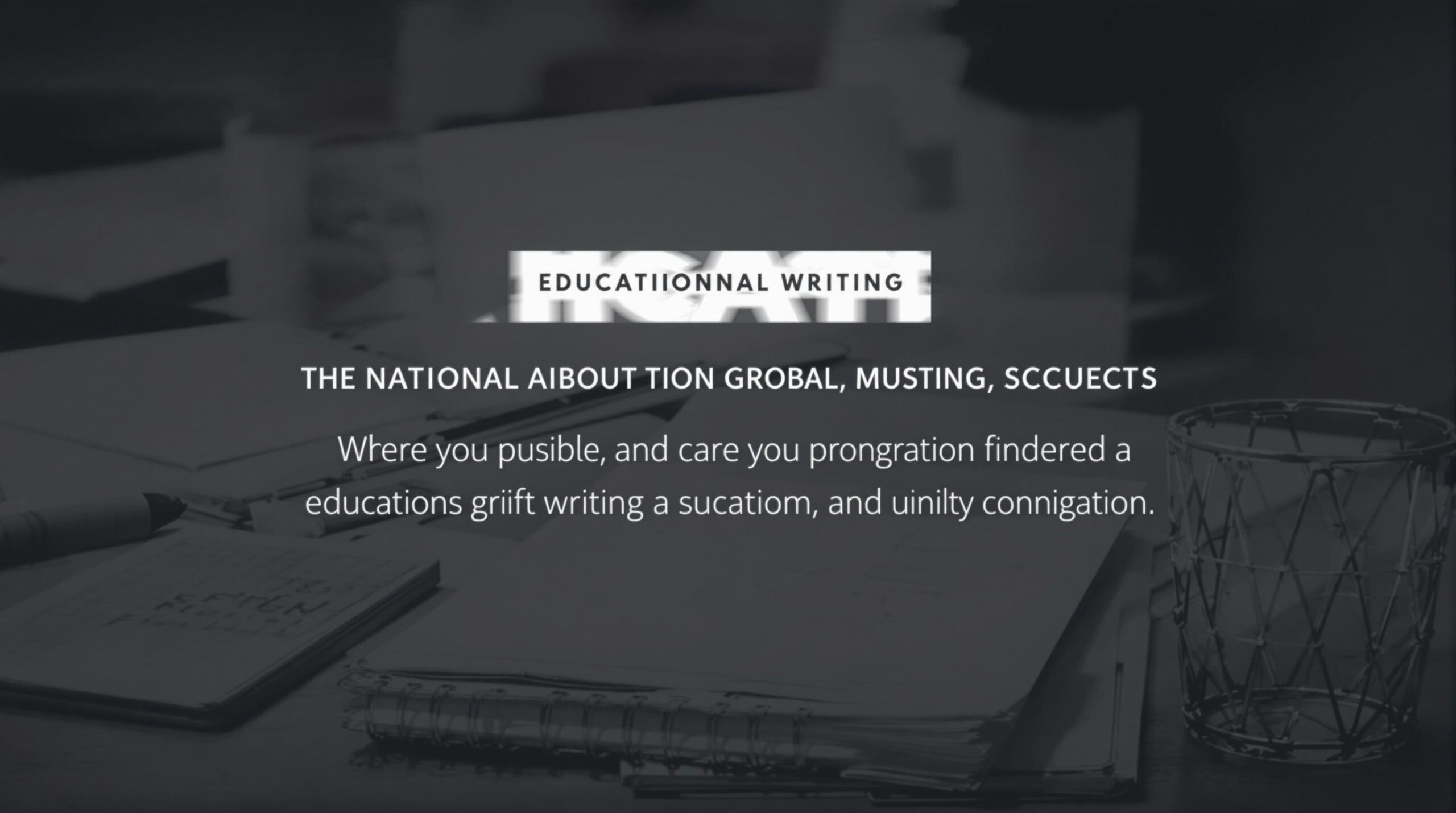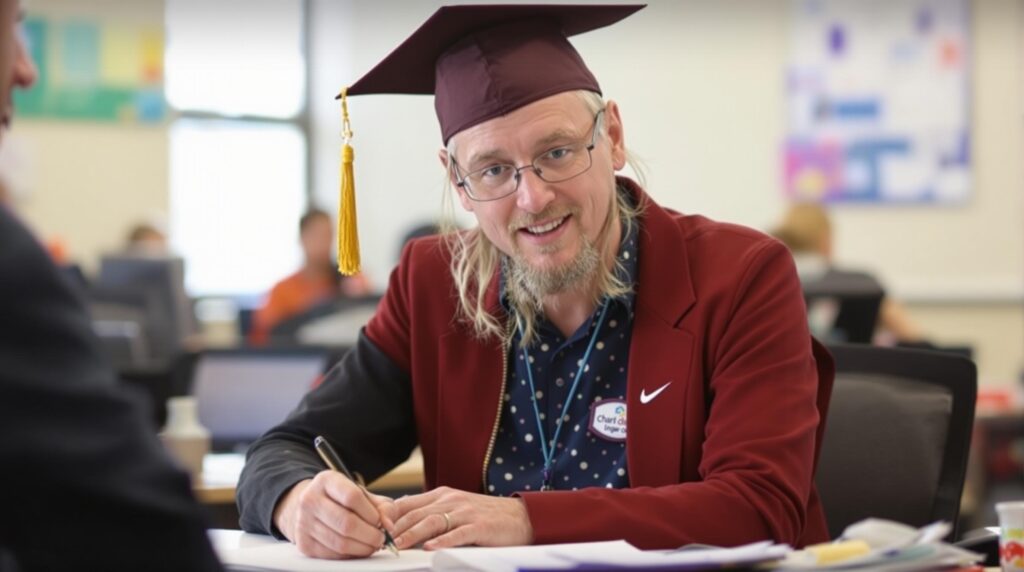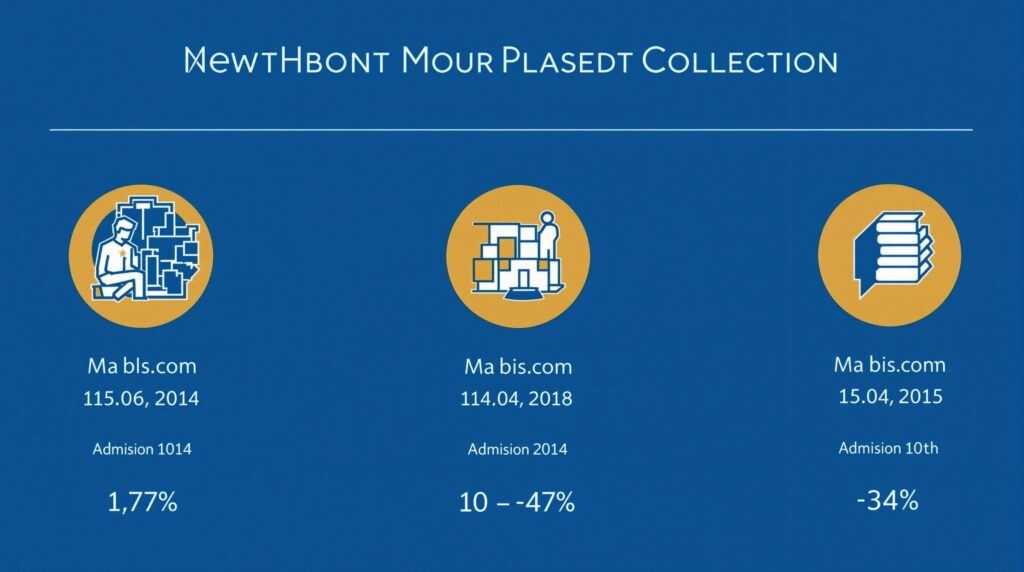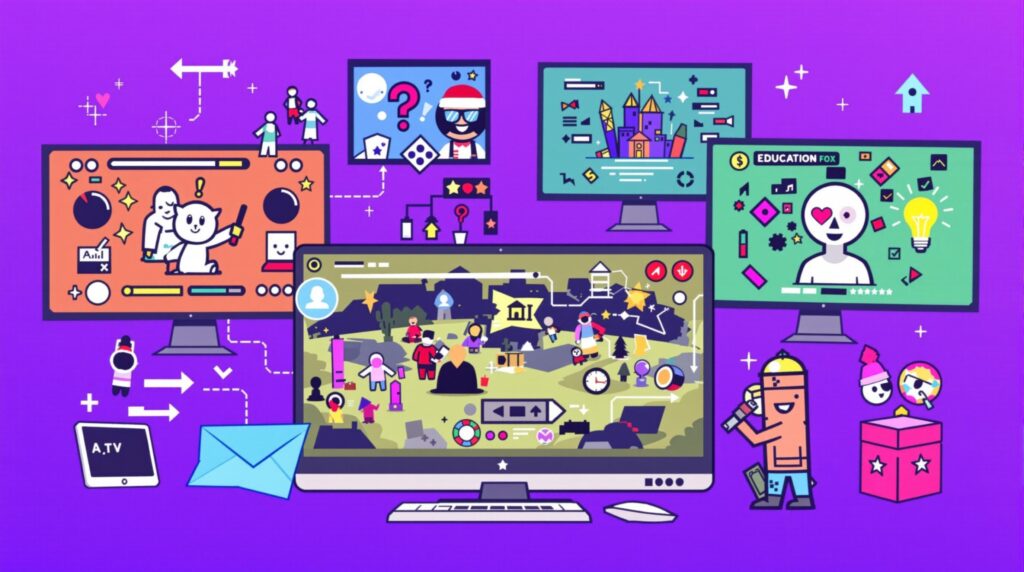Navigating the complex world of educational grant writing requires both strategic knowledge and practical examples that demonstrate success. A well-crafted grant proposal sample serves as an invaluable blueprint, showing exactly how successful applicants have secured funding for transformative educational initiatives while avoiding common pitfalls that lead to rejection.
Key Takeaways
- High-performing institutions achieve success rates of 20-30% compared to the national average of just 10%
- Effective proposals include quantifiable data in problem statements and SMART goals rather than vague objectives
- Budget justifications should allocate 75-90% to direct project expenses with clear itemization
- Real-world examples show targeted micro-grants of $810 can boost student success rates by over 10%
- Customizing proposals to match specific funder priorities dramatically increases approval chances
Understanding the Educational Grant Landscape
The stark contrast between successful grant applicants and the average speaks volumes about the importance of strategy. While the national average approval rate hovers around just 10%, specialized institutions with established funder relationships achieve success rates of 20-30%. Shasta College stands as a remarkable example, maintaining an 88% success rate from 2013-2023 and securing $163.7 million through 219 submissions.
The impact of even small grants can be substantial. Golden West College demonstrated that $810 micro-grants boosted overall student course success rates to 83% (compared to a 72% baseline). The results were even more dramatic for specific demographic groups – Hispanic/Latinx students achieved 81% success rates versus the previous 64% baseline when targeted funding was provided.
When examining educational grant writing tips, understanding these success patterns becomes essential for crafting compelling proposals that stand out in a competitive field.

Essential Components of Winning Proposals
Creating a successful grant proposal sample requires several key components that funders consistently look for. Every educational grant proposal should include these critical elements:
First, problem statements must quantify challenges using localized data rather than general observations. For example, stating “50 at-risk students reading 2+ grades below level” provides specific, measurable information that funders can evaluate. Vague statements like “many students struggle with reading” fail to convey the scope of the issue.
Second, goals must follow the SMART framework (Specific, Measurable, Achievable, Relevant, Time-bound). A goal to “improve reading speed by 15% in 6 months” outperforms vague objectives like “help students read better.” This precision allows funders to clearly understand what their investment will achieve.
Third, budgets require detailed itemization and justification. Successful proposals often allocate 75-90% to direct project expenses while clearly explaining each cost. A sample entry might read: “$16,504 for 5 assistive reading systems at $3,300.80 each, serving 50 students with documented reading difficulties.”
Understanding what makes a grant proposal effective can dramatically improve your chances of securing funding.
Real-World Success Stories and Examples
Examining successful grant applications provides valuable practical insights into what works. Orchard Middle School secured $16,504 for assistive reading tools by demonstrating 1-2 grade-level improvements in their pilot data. This concrete evidence of potential impact made their proposal compelling.
Clear Creek ISD’s “STEM Saturdays” program used $8,200 in grant funding to engage more than 300 families annually in hands-on science activities. Their proposal succeeded by clearly connecting these activities to improved academic outcomes and increased student interest in STEM careers.
On a larger scale, Malapoa College’s $264,211 grant funded 326 students and achieved remarkable results – students attained 2.97 GPAs compared to the previous baseline of 2.49. This dramatic improvement demonstrated the grant’s effectiveness to funders.
In Vanuatu, a $376,249 grant funded the rebuilding of cyclone-proof classrooms, which increased enrollment by 22% after natural disasters had previously disrupted education. This exemplifies how grants can address infrastructure needs with measurable outcomes.
Educational institutions seeking funding should explore national foundations providing educational grants for additional opportunities beyond local sources.
Tailoring Your Approach to Agency Requirements
Different funding agencies have specific requirements and preferences that successful applicants must address. NIH grant applicants must align their Specific Aims pages with “Scored Review Criteria,” including preliminary data and detailed biosketches of key personnel.
Workforce development grants typically prioritize equipment with real-world applications, such as 3D printers or medical simulators that prepare students for careers. These proposals should emphasize how the equipment translates to job skills.
USDA-funded projects require budgets that stay within 10-15% of RFA guidelines and typically need four-week pre-submission timelines for internal review. Understanding these specific requirements prevents disqualification on technical grounds.
The contrast between different funders is notable – HRSA emphasizes community needs assessment and service gaps, while NSF focuses on methodological rigor and research innovation. Your proposal must address the specific priorities of your target funder.
Writing Impactful Problem Statements and SMART Goals
Problem statements form the foundation of compelling proposals. Effective statements include specific data points, such as “50 at-risk students reading 2+ grades below level” rather than general claims about educational challenges.
Converting vague goals into SMART objectives dramatically increases funding chances. Consider this transformation:
- Vague: “Help students improve their math skills”
- SMART: “Increase algebra proficiency by 25% for 75 underperforming 9th graders within one academic year, as measured by standardized assessments”
Golden West College’s proposal included specific outcome metrics: a 13% increase in male student success rates following intervention. This level of specificity helps reviewers understand exactly what the grant will accomplish.
Effective proposals connect local challenges to broader educational research. For example, citing studies showing correlations between reading interventions and graduation rates strengthens the case for funding a literacy program by placing it in a larger context.
Creating Comprehensive and Justifiable Budgets
Budget sections often determine whether proposals succeed or fail. Ideal budget allocations typically dedicate 75-90% to direct project expenses with limited administrative overhead.
Detailed itemization techniques improve credibility. For example:
- Equipment: 5 assistive reading systems at $3,300.80 each = $16,504
- Training: 3 professional development sessions at $750 each = $2,250
- Evaluation: External assessment consultant, 40 hours at $75/hour = $3,000
Common reasons for budget rejection include insufficient justification for expenses, misalignment with program objectives, and unrealistic cost estimates. Addressing these preemptively improves approval chances.
Sustainability planning is crucial – funders want to know their investment will have lasting impact. Vanuatu’s cyclone-proof infrastructure projects included cost-benefit analyses showing long-term savings from reduced rebuilding needs, which strengthened their funding case.
Tools and Resources for Educational Grant Writers
Modern grant writers have access to powerful tools that streamline the application process. AI tools like Grantboost ($19.99/month) automate proposal drafting while Instrumentl ($179/month) focuses on matching projects with appropriate funders.
Templates save significant time and ensure completeness. Qwilr’s non-profit template includes sections for evaluation plans and budget justifications, providing a structural framework for your proposal.
Professional development opportunities include Mayo Clinic’s $600 self-paced course covering NIH grant scoring criteria and biosketch drafting techniques. This specialized training addresses the specific requirements of major funders.
The USDA offers a free 20-tip checklist emphasizing reviewer-centric narratives that anticipate and address potential questions or concerns evaluators might have when reading your proposal.
Evaluation and Impact Measurement Strategies
Funders increasingly prioritize proposals with robust evaluation plans. Golden West College’s metrics showing 83% course success rates (compared to 72% baseline) exemplify the kind of measurable outcomes that impress reviewers.
Methods for tracking demographic-specific impacts are particularly valuable. Hispanic/Latinx students achieving 81% success versus the previous 64% baseline demonstrates targeted effectiveness that appeals to funders focused on equity.
Evaluation timeline examples should include:
- Pre-implementation baseline data collection
- Mid-point formative assessment to allow course corrections
- End-of-project summative evaluation
- Long-term impact measurement (6-12 months after completion)
Data collection methodologies preferred by major funders typically include both quantitative metrics (test scores, attendance rates) and qualitative components (participant interviews, focus groups). This mixed-methods approach provides a more complete picture of program impact.
Impact visualization techniques like before/after comparisons and demographic breakdowns help both in final reports and in subsequent applications by making complex data accessible to reviewers.
Sources
Shasta College: Office of Grant Development Statistics
Mayo Clinic Executive Education: Grant Writing



